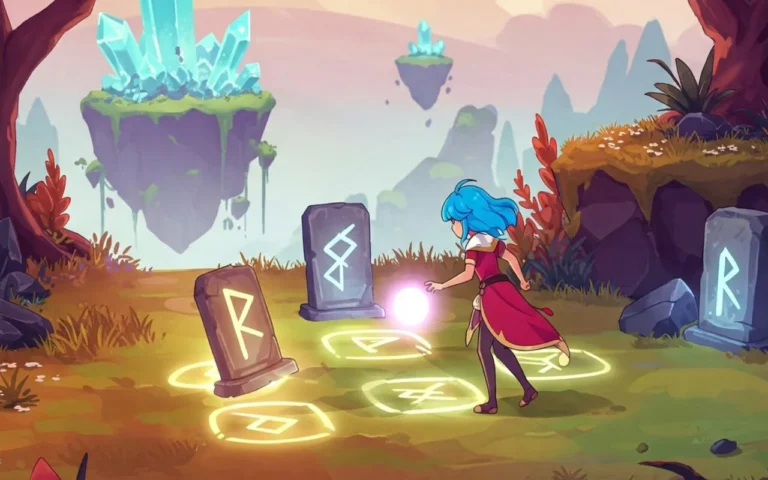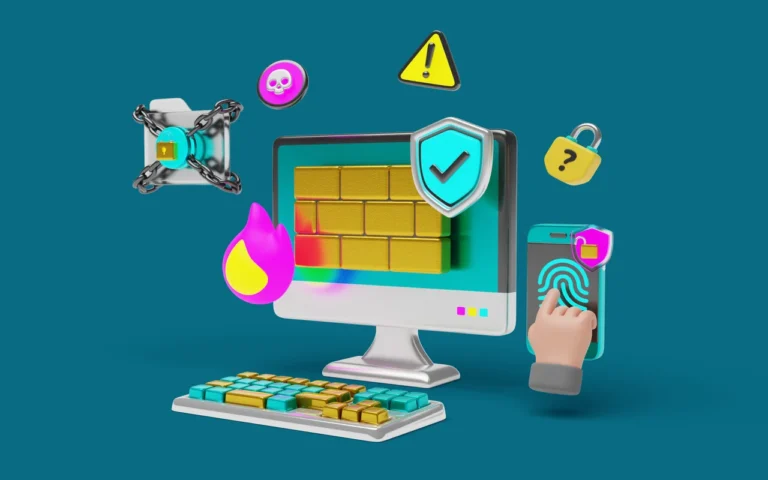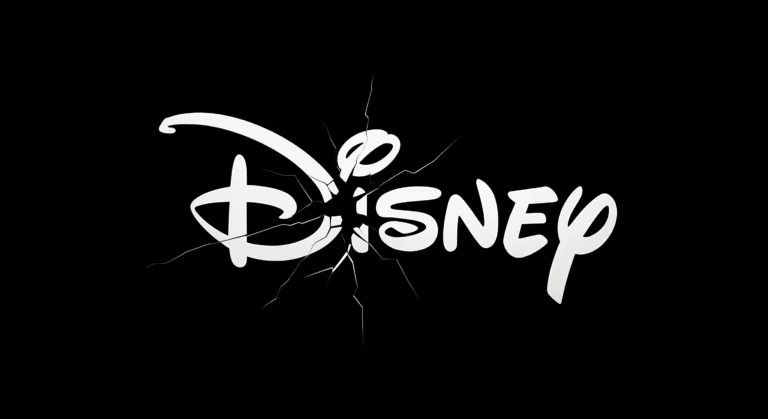2D art is an illustration or artwork created within the two dimensions of width and height.
For instance, an artwork drawn on a piece of paper is considered 2D art because paper lacks depth or the third dimension.
However, 2D art can also be created using a 2D canvas in software such as Photoshop and Illustrator. Any form of art confined to X and Y dimensions of a coordinate system is considered 2D art.
In this article, we will explore 2D art, its applications, and its importance for today’s world.

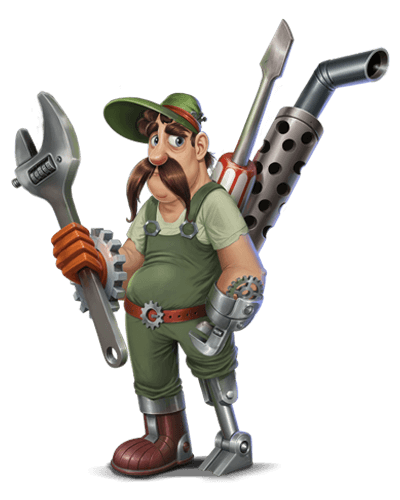
Need 2D Animation Services?
Visit our 2D Animation Service page to see how we can help bring your ideas to life!
What Is 2D Art?
2D art is defined by being limited to two measurements: width and height.
This means an artist can create the feeling of depth, but the art itself stays flat. It only uses the X and Y directions, which is what makes it different from 3D art, which adds depth along a Z-axis.
This art form has an amazing history, being one of the oldest and strongest ways humans express themselves. It has lasted for thousands of years. Its journey goes from the first cave paintings, where our ancestors showed their world, to the famous works of masters like Vincent van Gogh and Leonardo da Vinci.
Throughout this long history, 2D art has consistently been a strong way to tell stories and share complex ideas.
Types of 2D Art
2D art has a long history spanning over thousands of years.
Humans have used many tools to create art over the course of history. From stones used for carving on rocks to ink, paint, pens, pencils, and modern illustration and design software. No matter what tools are used, we will cover some 2D art methods that have existed for a long time.
The term 2D art can refer to many art forms, whether physical drawings or digital 2D animation. Two major physical art forms are drawing and painting. The main difference between these two is that drawing uses a pen or pencil and paper, while painting is created using brushes and paint. 2D art can be created digitally using various 2D animation software and graphics tablets as well. Let’s explore these art forms.
Drawing
Drawing is the most fundamental type of 2D art. Using lines as enclosing elements and contours to define shape is the foundation to almost all types of 2D art. Drawing does not necessarily have to include paint or color, as we explained earlier in the case of Line Art. Many artists have the habit of sketching just with pen or pencils and this was the way many masterpieces such as Leonardo da Vinci’s Study for the head of Leda were created.
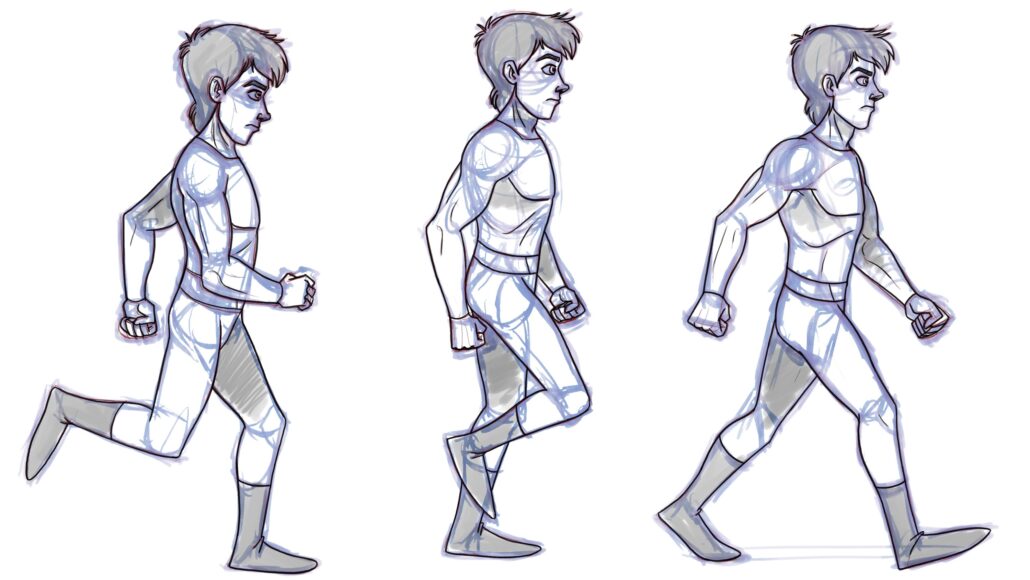
Painting
Painting is a form of 2D art that involves applying paint with brushes to a flat canvas to create art. Painting refers to both the final art created using this method and the process of creating it using paint. This type of 2D art is probably one that many people are aware of. Art museums are filled with well-known 2D paintings and galleries hold art exhibitions to showcase paintings all the time. Mona Lisa by Leonardo da Vinci, Napoleon crossing the Alps at the Saint Bernard Pass by Jacques-Louis David, and The Birth of Venus by Sandro Botticelli are examples of famous 2D paintings.
Wall Art
A wall surface is considered a 2D canvas because it perfectly matches the description of having height and width. Wall art is a popular form of 2D art found almost all over the world. Graffiti, which is a wall art, has been popular among many generations. Wall art is also a means of getting public attention to ongoing political or cultural issues. City councils and municipalities also see wall art as a great opportunity to decorate neighborhoods and also to convey ideas.
2D Digital Art
2D digital art can be created using graphics tablets and design software such as Photoshop and Illustrator.
Graphics tablets are connected to computers and transmit pen strokes to software to create lines and apply color. Software has facilitated 2D art creation immensely.
Artists have a ton of various tools at their disposal when drawing on a computer. Virtual brushes and strokes with various thicknesses and smoothness capabilities, adjustable image opacities that help tracing and visualizing references, and manipulation of color attributes such as hue and contrast with the ability to snap back to previous states just by pressing buttons are superpowers that weren’t even possible in the imaginations of artists not until very recently.
What Are the Main Elements of 2D Art?
2D art might seem too challenging to create at first glance, especially if you are a beginner artist.
However, the drawing process can be broken down into a few main elements.
If you master these elements and improve your skills incrementally, creating visually attractive works of art is possible.
Lines
Lines are the most basic element in 2D art. Artists use lines to draw the edges of shapes to define outlines. They can also create textures and convey movement using lines. It is worth noting that 2D art can be created entirely using lines. Line art is a fascinating type of 2D art that uses only lines to create drawings. Line art was the primary way of creating art for newspapers and print media before the advent of photography.
Shape
Shapes are considered the most important element of 2D art. Circles, squares, and, more importantly, beans! These are important shapes featured in 2D art.
If you have ever tried to draw something in 2D, you will soon realize something is missing when it comes to shapes in your drawings if you just rely on lines. Many complicated characters and objects you see in 2D illustrations are formed out of simple shapes.
Let’s use an analogy to make it clear: Suppose that you want to create a fat character with a big belly, if you draw a bean shape with the larger end at the bottom of the character he appears fat, but if you draw the same bean upside down, he appears muscular and Superman-like!
Color
Color gives life to drawings. If you consider lines in 2D art as strokes, color is applied to final shapes and closed areas formed by the lines. Color theory in art can be in many forms, paints, ink, natural substances and computer graphics. In order to apply color, artists should study color theory and some other important theoretical concepts. Color provides harmony in art. It emphasizes specific features and helps artists add their personal touch and feel to their art.
Where 2D Art Is Used Today:
Digital 2D art is the most accessible mainstream way of creating art today!
Humans love visualizations. Almost all businesses need some form of 2D art as a form of advertisement or presentation. There are industries that are entirely based on art, such as the entertainment industry.
Let’s go over some of the most usable fields for 2D art:
Comics
Comics are a recent form of 2D art that are immensely popular. Unlike book illustrations that intend to visualize words, comics are created entirely using images. The presence of 2D art is much stronger in comics compared to book illustrations. Creating comics requires masterful drawing skills.
Examples of popular comic series are The Sandman, Calvin & Hobbes, and Hawkeye.
Illustration
Illustration is an image that helps make something clear. Illustration comes in various forms and shapes.
Storybooks rely on illustrations to immerse readers in the experience. Print media uses a lot of illustrations to engage the audience and also to summarize information. They use illustration to help convey an idea without having to rely on too many words. Illustrations are also very useful for explaining processes that involve many steps.
2D Game Art
Video games are an entertainment area where 2D art is featured heavily. Game characters, animations, user interfaces, and props are examples of 2D art created for this industry. Even 3D games rely on 2D art for various parts.
Usually, mobile games use 2D art development services more than high-end PC or console games. However, concept art and environment design for AAA video games are also created using 2D art techniques.
2D Art for Animation
The 2D animation industry is another heavy user of 2D art. An animation pipeline, whether 2D or 3D, relies heavily on 2D sketches, concept art, and storyboarding for visualizing the actual shots that will be animated.
2D animated films are also entirely created by 2D artists drawing the entire animation using either digital or traditional methods.
Why 2D Art Still Matters!
2D art remains a significant part of the visual creation because of its heartwarming role in human communication, its wide appeal, and how mastering its core parts helps creativity in all visual media.
- The Power of Communication:
2D art can tell stories, share complex information, and connect with people in ways words often can’t. It communicates very efficiently. People naturally love visuals. This is why almost all businesses need some form of 2D art for ads or presentations. - Universal Appeal: Why We Like Flat Pictures!
The natural human connection to visual information explains why 2D art, with its directness, always gets attention and brings out feelings.
Our brains are built to process visuals quickly, making 2D art a powerful way to engage. It’s a fascinating art form that almost always grabs attention and entertains. This natural human response to visuals shows why 2D art keeps such a strong and lasting hold on our attention.
To Summarize
2D art is an immensely popular and enduring form of art that can be created using any drawing and painting tool on a flat surface. It comes in various forms and shapes. Although its creation methods have evolved throughout history, the main concepts behind it have not changed. It’s a fascinating form of art that never fails to grab our attention and amuse us.


